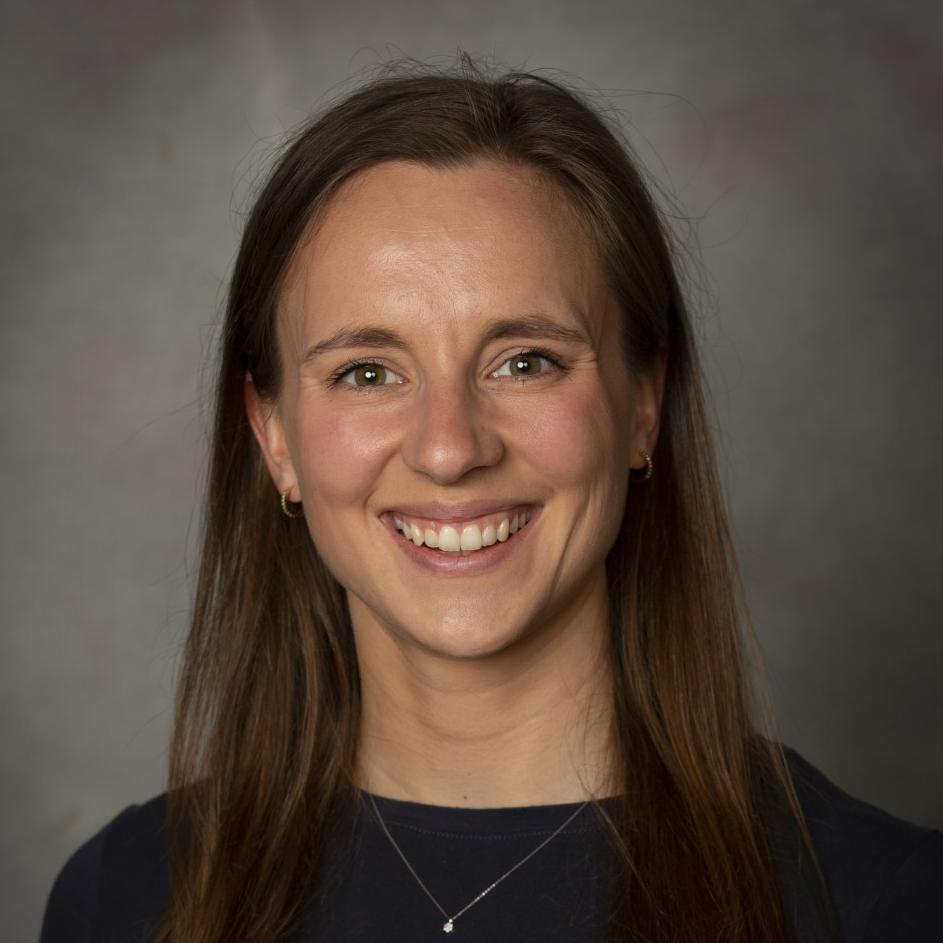DNV is presenting a half day introduction course about floating offshore wind covering the market, the technology and project phases from design to operation.
The next phase of the energy transition demands committed implementation of new technologies. Floating offshore wind is opening new possibilities for wind power locations and will play a critical role in the transition to a cleaner energy supply, contributing significantly to an increase in offshore wind power. According to DNV, the technology is predicted to grow worldwide, rising from the around 100 MW today to more than 10 GW in 2030 and 260 GW in 2050.
Led by our team of world leading experts in floating offshore wind and augmented by DNV’s 14 years’ experience in this area, this half day course will provide attendees the basic knowledge to succeeded with this new and promising technology.
The training will be “inter-active” meaning that participants are asked to send their questions in advance of the course and have further opportunities during and at the end of the sessions to file questions to the trainers.
On completion, attendees should get a good understanding of the market and how floating wind differs from bottom fixed with regards to the components and the various project phases. For more details, see the agenda further down.
Speakers
Magnus Ebbesen, Kimon Argyriadis, Tore Hordvik, Benjamin Child, Oddrun Steinkjer, Alireza Bayat and Fernando Sevilla Montoyo.
|
Magnus Ebbesen |
Magnus Ebbesen holds a Master of Science in Engineering Science and Computer Science from NTNU and has worked in DNV since 2009. He is the business lead for floating wind advisory in the nordics and UK. Magnus has since 2013 worked primarily with managing and contributing to technical due diligence, market assessment and cost- and risk- assessments for offshore wind. Magnus has in this period led technical due diligences for bottom fixed offshore wind projects in UK, Germany and Taiwan and numerous floating offshore wind projects. He has also conducted floating wind market- and cost studies for many of the leading floating wind developers. |
|
Kimon Argyriadis |
|
|
Tore Hordvik |
Tore Hordvik holds a Master of Science in Marine Technology from NTNU with specialization in Hydrodynamics. He has worked in DNV since 2011. Tore is working as a principal engineer within Renewables mainly focusing on issues related to floaters and mooring in services such as verification projects, due diligence projects and market-/feasibility studies. He is involved in the development of the DNV Standards and Recommended Practices within floating wind and floating solar. Tore has been involved in several floating wind farm developments as well as demonstrator projects. In addition to renewables, Tore has vast experience from hydrodynamics and mooring within industries such as O&G, fish farming and infrastructure. |
|
Benjamin Child |
Benjamin Child is currently Technical Lead for Floating Wind Energy, coordinating research, business development and strategy in this area, as well as Offshore Team Lead, managing a group of ten interdisciplinary engineers within the Turbine Engineering section. An engineer with 15 years’ experience in the offshore renewables sector, he initially explored numerical modelling through an MSc dissertation project and later a PhD, where he established novel hydrodynamic analysis and optimisation techniques. After joining DNV (formerly Garrad Hassan), Ben applied his research to consultancy work as well as leading software development related to hydrodynamics and wave energy farms. Since then, he has continued to have deep involvement in research and development, addressing some of the key challenges facing floating wind energy system design. However, with a rapidly growing floating wind industry, his focus in recent years has primarily been on commercial projects, providing expert advice, analysis and design services to help get the first full-scale system concepts into the water and ensure that the next generation of concepts meet ambitious targets on performance and cost. |
|
Oddrun Steinkjer |
Oddrun Steinkjer has a Master of Science from NTNU (NTH) and has worked in DNV since 1991. She has her whole working career worked with dynamic slender systems including dynamic power umbilicals and cables in both Oil & Gas and renewable market. She has worked with floating wind since 2008. She is working on behalf of both manufacturers, EPCI contractors and operators providing technical advice, analyses or assessments for safe design, installation and operation of cable systems. She has expertise in global dynamic analyses of floating platform systems including various floating wind concepts. Her main expertise is within the structural and mechanical part of both static and dynamic cable systems; global response and fatigue of dynamic cables, seabed stability, freespan and VIV, protection systems. She has been part of the development team in DNV and has extensive experience with analyses software Helica for complex cross sections with helix elements including fatigue. |
|
Alireza Bayat |
Alireza is a senior consultant in DNV renewables advisory. He primarily provides technical consultancy services to various stakeholders in the global offshore wind industry. Alireza has deep understanding of design and engineering, project economics, interfaces, technology risks and commercial aspects of both bottom-fixed and floating wind development projects. He has performed numerous feasibility, technology and market assessment, technical due diligence, techno-economic analysis, cost analysis and cost of energy assessment, benchmarking and concept selection, design verification and technology qualification projects in the offshore wind industry. He has worked on development and standardization of floating wind technology through development of DNV international Standards in the offshore wind industry. Alireza holds a Master of Science in Applied Mechanics from Chalmers University of Technology and has worked in DNV since 2009. |
|
Fernando Sevilla Montoyo |
Fernando currently leads DNV’s Offshore Wind O&M Global Excellence Hub. As part of this role, Fernando supports and drives the global services related to operations and maintenance of offshore wind projects and works towards the development of services, tools, procedures and expertise in this area.Fernando has been a project engineer with the Offshore Projects team at DNV for over 11 years. He specialises in the area of offshore wind O&M and has experience in managing and supporting due diligence of various offshore wind projects around the world (Europe, Asia and USA). He has extensive experience in modelling and assessment of O&M strategies as he is regularly reviewing and analysing both technical and commercial aspects of O&M logistics including the detailed review of operational expenditure of offshore wind projects. As part of his current role, Fernando has performed a variety of O&M and construction computer modelling using DNV’s in-house O2M and O2C models for developers, OEMs, newcomers, lenders and a variety of other stakeholders. Fernando has also experience on: offshore wind energy assessments, support on negotiation of offshore WTG O&M contracts, preparation of Employer’s Requirements documents, review of blade maintenance programmes, decommissioning studies and reviews as well as offshore wind turbine inspections and site visits to O&M facilities. |
For whom?
The target group for this training are professionals working in the wind industry (or wants to become part of it), developers, investors, insurance, OEM’s and regulators – who aims a fast learning of floating wind technology.
Full Q&A-note and presentation materials will be become available after the course.
For more information please contact:
Frida Mattson at
[email protected]
| + 47 45233434

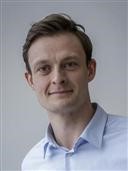
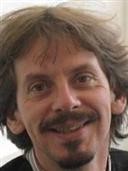
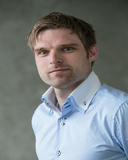
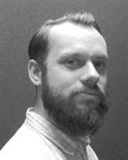
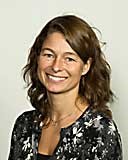
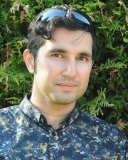
%20128x160_tcm8-238277.jpg)
